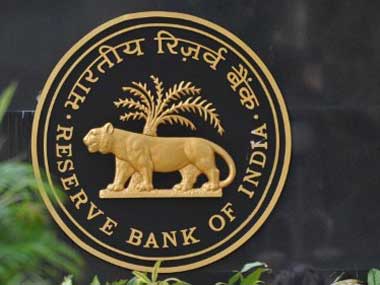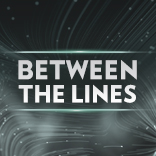India’s champion fighter against inflation, the Reserve Bank of India, has decided to take a short break from the boxing arena.
On Tuesday, RBI governor D Subbarao announced a larger-than-expected 50 basis point cut in the repo rate, the key policy rate, making it the first such cut in three years.
While the cut brings relief to borrowers and the economy, both of which have been wheezing under the strain of high interest costs, there’s no doubt the cut will give renewed energy to inflation.
As things stand, inflation looks almost certain to edge higher.“Inflation in 2012-13 is likely to remain around current levels. Importantly, the near-term trajectory is subject to significant upside risks,” the central bank said in its report on macroeconomic and monetary developments for 2011-12 on Monday.
The wholesale price index for March came in at 6.89 percent, but a whole host of factors are conspiring to send it higher in coming months.
Prices were given a leg-up by a 2 percentage point increase in excise and service tax rates in the Union Budget, which was preceded by a 25-33 percent hike in freight rates.
Global commodity prices, including those of oil, also remain high, posing a threat to not just the current account deficit but also the rupee, which has weakened to a three-month low of 51.65 against the US dollar. Making things worse are gigantic government borrowings and a large fiscal deficit.
The list doesn’t end there. Food inflation continues to be a significant threat, along with fuel inflation, especially with a fuel price hike possible in coming months. And we haven’t considered any changes in power or coal tariffs, which also are likely at some point.
A cut in interest rates now has the potential to increase demand, and put further pressure on prices.
The RBI knows all this. So why did it cut the repo rate?
One, at least for now, it has decided that there are bigger priorities than tackling inflation, given the recent moderation in prices. Arresting a decline in the growth momentum has become the No.1 priority for now.
Two, the RBI is well aware that given the relentless pressures on inflation, it may not be able to cut rates much in the future.
“The reduction in the repo rate is based on an assessment of growth having slowedbelow its post-crisis trend rate which, in turn, is contributing to a moderation in core inflation,” it said in its policy document. “However, it must be emphasised that the deviation of growth from its trend is modest. At thesame time, upside risks to inflation persist. These considerations inherently limit the space forfurther reduction in policy rates.”
Indeed, economists have started lowering their expectations of rate cuts in 2012-13 to 50-75 basis points.The RBI must have decided that it is better to cut rates now, instead of holding off until things improve on the inflation front, because, let’s face it, things really aren’t going to get much better there.
Three, it suggests that RBI is prepared to ease its grip on inflation control for the sake of better growth. At least for some time.
In other words, we will just have to put up with higher inflation if we want higher growth – unless the government steps in to correct structural supply issues. With this big rate cut, the RBI has made it clear that it has done its bit.
Time for the government to step into the boxing ring.


)




)
)
)
)
)
)
)
)